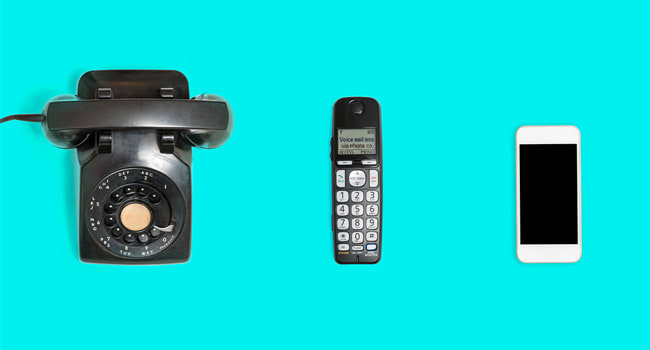How multiple generations can collaborate in a changing workplace

The global health situation brought about by COVID-19 has forced businesses to install telecommuting policies almost overnight. Business and human resource leaders had to ensure the right business continuity measures, safeguarding, and the well-being of employees was quickly in place for those having to work from their homes. As employees are beginning to adapt to this new now and new way of working, companies must revisit their policies and strategies to support their workforce, especially in industries where working from home was not an option to begin with.
Working from home is nothing new. Many businesses—especially tech companies—have been implementing remote working options for years. But it is only recently that working from home has grown even more popular. With an upward trajectory, remote working was expected to gradually become the rule, rather than the exception. However, COVID-19 condensed the timeline and has pushed organizations to swiftly reassess the role of physical offices in how work is done. Alongside this change is an emerging multi-generational workforce comprised of Boomers, Gen X, Y, and Z.
According to ADB's Asian Economic Integration Report for 2019/2020, Southeast Asia's workforce is expected to increase between 2020 to 2050. For instance, as more young people reach working age, Malaysia's workforce will increase by almost 20 percent. Likewise, age groups in the working population will become more diversified. By the year 2050, Singapore will have a larger share of workers aged 55 and above. With this environment, organizations must take an in-depth look at how the changing workplace can have an impact on people, productivity and to the business as a whole.
The challenge of fostering interpersonal relationships online
Shifting from office life to working from home has allowed a multitude of businesses to survive during a time of economic uncertainty and health risks. However, interpersonal relationships may be harder to manage online than by the water cooler. Employees who are not used to working completely via phone, video chat or email may miss face-to-face office interaction. For some employees under the Gen Z and Millennial age groups, this may not be new to them, but the situation may prove to be challenging for the older age cohorts.
Baby Boomers and Gen Xers watched the workplace change around them for years, while many Millennials entered the workplace during a recession. They are all used to working through tough periods of change and know how to adapt to the "new now."
The mass exodus from the corporate office to the home office is an opportunity for all generations to learn from each other and leverage the strengths of each generation to grow and transform the modern workplace.
Boomers Bring Experience and People Skills
Boomers have seen the work landscape evolve and learn how to work through multiple recessions and constantly evolving technology. They bring a significant amount of experience to the table, and they know how to manage people and business relationships. With lessons and experiences learned and honed over time, Boomers can guide the younger generations through mentorship.
Gen X Navigates Economic and Technological Change
Statistically, Gen Xers tend to be loyal to their companies and therefore carry institutional knowledge. They see the value of technology and can navigate the digital workspace with confidence. Along with Boomers, Gen Xers bring people skills and traditional leadership honed throughout their careers. They can serve as a bridge between the younger Millennials and Gen Zers to the Boomers.
Millennials Push for Use of Tech in the Workplace
Millennials learned the value of technology as older kids and teens when the internet and smart phones first became widely used. With more exposure to technology, they drive the use of collaboration tools that make working with a remote team easier. With many entering the workforce during the 2008 recession, Millennials have had to learn to be resourceful enough to find new opportunities both for themselves and the businesses they work in.
Gen Z is the Technological Multi-Tasker, Eager to Grow
Gen Z is the newest generation to enter the workforce and has a natural affinity with technology and consider it as a natural extension of themselves. They are expert multi-taskers and naturally navigate multiple apps and communication tools. Companies needing to operate “lean and mean” through unexpected disruptions can lean into the ability of this age group to wear many hats.
Multi-generational collaboration in the workplace of the future
Each generation faces different challenges when it comes to working from home. Gen Zers may fight for elbow room alongside family or housemates. Millennials and Gen Xers may balance work with caring for young children at home. Boomers, while most likely to have dedicated office space, could have less digital experience. As more organizations embrace remote work setup, steps to build a collaborative culture should be more intentional.
The merging of generational experiences amidst this global shift in working practices can help create stronger team bonds, now and in the future. New skills can be acquired and learned through collaboration, and this is the perfect way to ensure the workplace of the future is full of close-knit teams leading a cultural change.
Each generation brings something new to the table, and they are already proving that the benefits of a blended team remain, even when working remotely.
Recognizing each individual’s strengths and value to the team—regardless whether in person or over the internet—is the best way forward to build a strong working culture.


